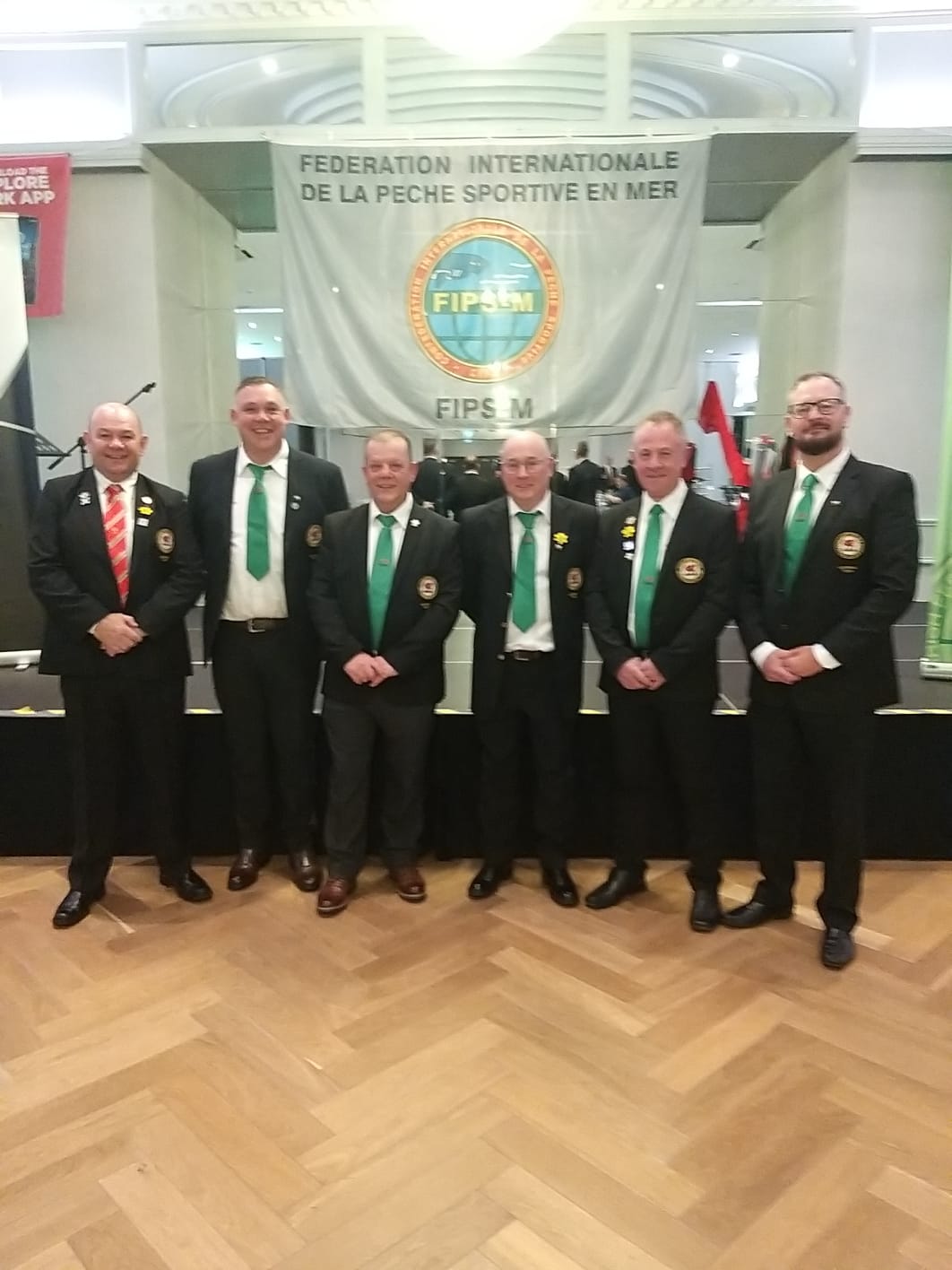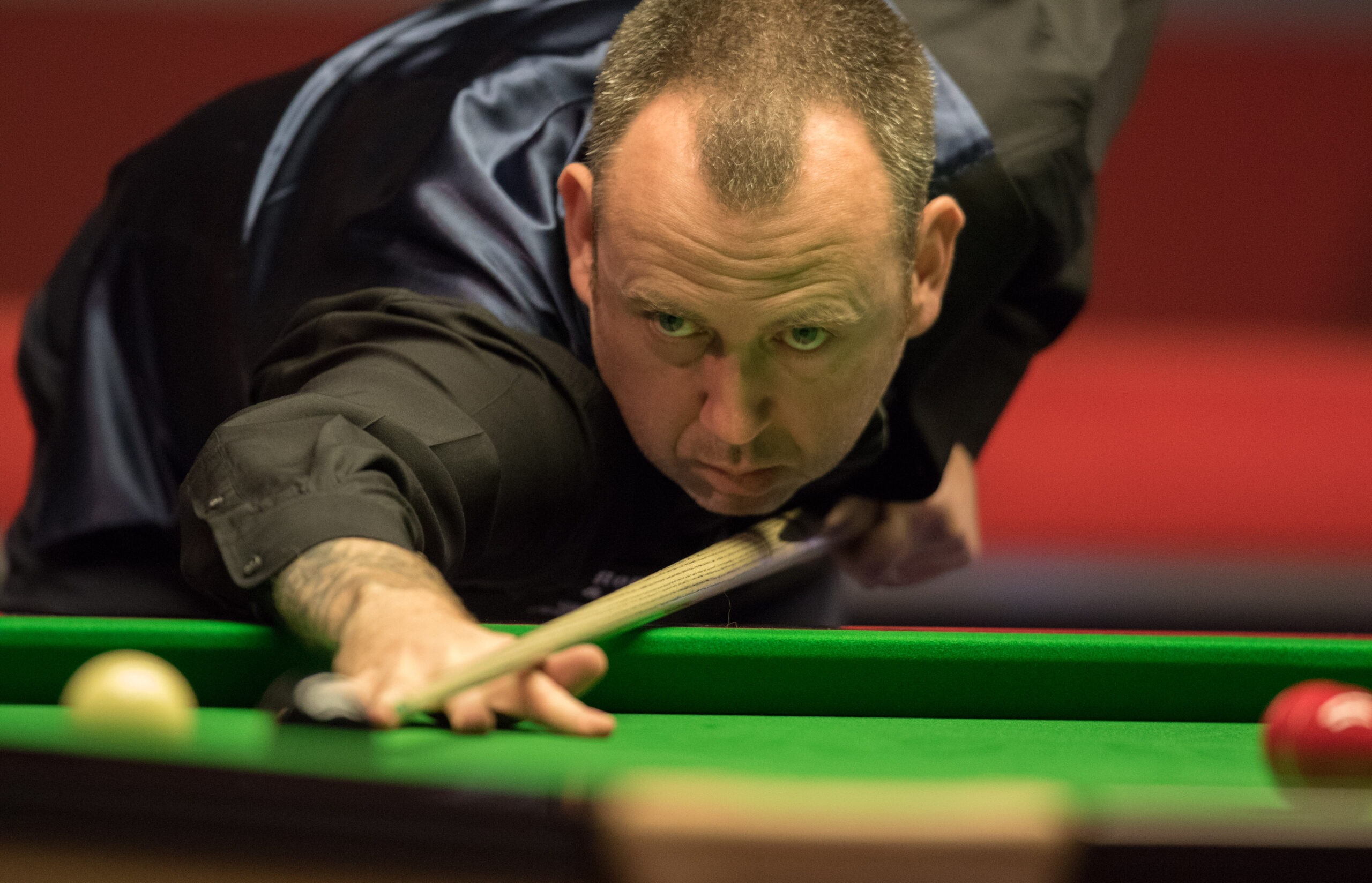Paalzitten! The Bizarre Dutch Sport Of Pole Sitting
EURO 2024 is well and truly underway and while Wales are not in it there have been some fantastic opening matches to watch.
Here at Sportin Wales HQ, we ran a poll to see who the Welsh public will be supporting in the Euros in the absence of Wales, and most of our readers chose the Netherlands.
The Dutch side is ranked 17th in the world and have some fantastic players such as Memphis Depay, Virgil Van Dijk and Nathan Ake looking to lead their nation (and us!) to glory
They’ve had a quietly strong showing in the tournament so far, beating Poland 2-1 in their opener, drawing with pre-tournament favourites France 0-0, and dominating their final group stage game, only to lose 3-2 to Austria.
The Oranje face Romania in the Round of 16 and find themselves on the ‘kind’ half of the draw with England and Italy. No prizes for guessing who Sportin Wales will be supporting if the Netherlands meet England in a semi-final!
As the public chose The Netherlands, we have taken a deep dive into some of the unusual sports that most of our reader will not have ever heard of.
While football is the most popular sport in Holland, a niche sport that is unique to the Dutch is ‘Paalzitten’ which, in English, is pole sitting.
It is an unusual tradition in the Netherlands which sees competitors sit on wooden poles that are built into shallow water.
How do you play it?
It’s simple! Competitors must sit on the pole for as long as possible to outlast their opponents, without leaving their positions.
The last person who is still on their pole is declared the winner. Players can be sat for hours until they are either bored or surrender because of numbness.
How did it come about?
The roots of paalzitten can be traced back to Dutch maritime history. Sailors and fishermen would sit on poles in the water while waiting for their ships to depart. Over time, this practice evolved into a recreational and competitive event.
Flagpole sitting became a fad in the United States of America in the mid-to-late 1920s after Alvin “Shipwreck” Kelly, who sat on a flagpole for 13 hours and 13 minutes in 1924. It is not known whether Kelly did it on a dare or as a publicity stunt, but the achievement certainly attracted attention.
Over the preceding years, the record was extended into days, reaching 21 days before Kelly sensationally re-took the title in 1929, sitting on a flagpole for a scarcely believable 49 days.
Pole sitting largely ended in America with the onset of the Great Depression, but was still going strong across the Atlantic in the Netherlands. It is not known who brought paalzitten to the flatlands of Northwest Europe, but by 1970, there was an official Paalzitten World Championships.
What are the Rules?
The poles used in ‘Pole Sitting’ must be placed at least a few metres from each other, this stops others who become numb falling and potentially injuring others.
All poles have a seat and backrest for comfort and even has a shelf. Each person taking part are allowed toilet breaks every few hours. It is not exactly an extreme sport!
The longest a competitor has lasted in the competition was 92 hours on the wooden pole in 1972.
Are there any competitions?
Yes, The Paalzitten Championship takes place during local festivals, fairs or gatherings where the community gathers to watch and support the participants.
The competition is a test of stamina and balance with participants having to find a way to deal with discomfort and boredom.
Fundamentally, paalzitten embodies the Dutch spirit of togetherness. Communities gather to cheer on the participants, creating an atmosphere of excitement and support. The event fosters a sense of local pride and unity, as people come together to celebrate their heritage and create lasting memories.











